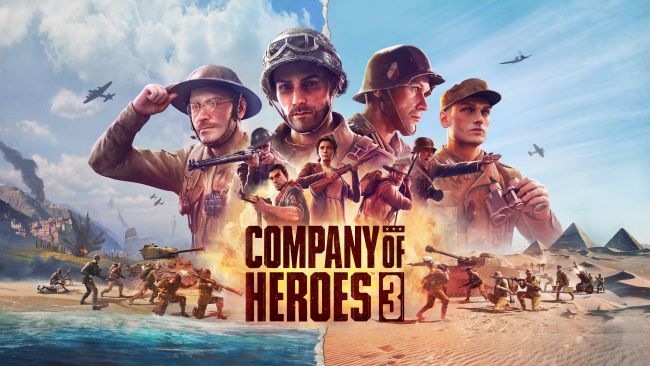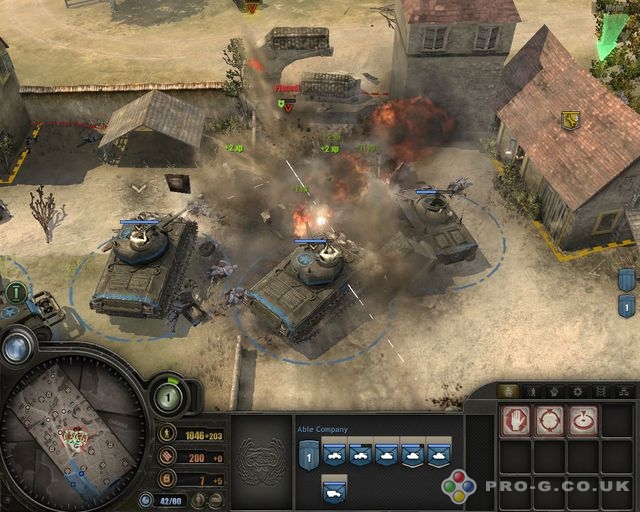
It was really great working with those experts and making sure that we’re telling this story in the right way and in an appropriate way.” Those cultural consultants, we’ve worked with them from a pretty early stage, because we wanted to make sure that we are telling this authentic, humanized story. “Pretty early on, we decided not to stick to the romanticized aspect of that. “This wasn’t the ‘Gentlemen’s War’ or ‘Gentlemen’s Theater’ as it’s sometimes referred to – there were people living in this area, it had an effect on them, and it wasn’t just set-piece battles”, explains senior mission designer David Milne to GLHF. British authors such as Desmond Young and Basil Liddell Hart popularized this view shortly after the war, which had a long-term effect, and thus reinforced a sanitized image of Rommel, the Wehrmacht and the desert war, which was subsequently declared a clean ‘Gentlemen’s War’ without collateral damage – or, in Rommel’s own words, a “war without hate”. Rommel was the ‘good German’ and soon became a symbolic figure for the disgusting myth surrounding the ‘clean Wehrmacht’, which falsely seeks to absolve regular army units of any responsibility for horrific war crimes, putting them solely on the shoulders of groups like the SS. For the British and the Americans, the propagated image of the genius was an attractive excuse for military setbacks against a numerically inferior enemy, whom one nevertheless defeated in the end and could therefore admire all the more – a pattern that has existed in historiography since antiquity.īut that was not all: Rommel’s enforced suicide and his involvement in the military resistance against Hitler made him an ideal identification figure for a rapidly rearming Federal Republic and its Western allies. For Nazi propaganda, he was the epitome of the German soldier: a military genius, and his successes a welcome distraction from looming defeats in the East. At the center of this mythological web was the personality cult surrounding Erwin Rommel. In a unique way, the press of the Western Allies adopted many elements of Göbbel’s mouthpieces and ultimately played a leading role in the constitution of the North African myth after the war. This is mainly because it was not only Nazi war propaganda that portrayed and shaped events there according to its own will. For the developers, it was like entering a minefield.



North Africa, where Company of Heroes 3 locates its second single-player campaign, is far less present in the media today, but in some ways trumps any other front when it comes to the mythology built around it. The Eastern Front – like almost every theater of World War II – is a source of many myths and stereotypes that still persist today due to their constant retelling in popular culture.


 0 kommentar(er)
0 kommentar(er)
